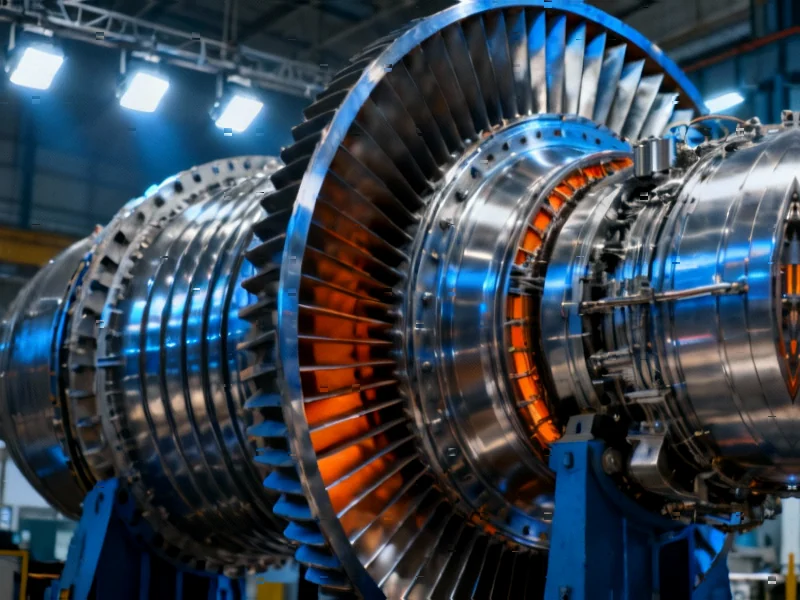Broad Coalition Calls for AI Development Pause
More than 800 public figures including Apple co-founder Steve Wozniak, Prince Harry, and numerous AI scientists have signed a statement demanding a ban on artificial intelligence work that could lead to superintelligence, according to reports from The Financial Times. The document calls for prohibiting development of superintelligent AI systems until there is broad scientific consensus about safety and controllability, along with strong public support, the report states.
Table of Contents
Diverse Signatories Across Sectors
The signatories represent an unusually diverse coalition spanning technology, politics, military, and entertainment sectors, analysts suggest. Among those endorsing the statement are AI researcher and Nobel Prize winner Geoffrey Hinton, former Trump aide Steve Bannon, former Joint Chiefs of Staff Chairman Mike Mullen, and musician Will.i.am. This cross-spectrum participation indicates widespread concern about the potential risks of advanced AI development, according to observers.
Future of Life Institute Sounds Alarm
The statement originated from the Future of Life Institute, which warned that AI advancements are progressing faster than public comprehension. Executive director Anthony Aguirre told NBC News that the development path has been largely determined by AI companies and economic pressures rather than public deliberation. “No one’s really asked almost anybody else, ‘Is this what we want?'” Aguirre stated, highlighting what the institute characterizes as a democratic deficit in AI governance.
Understanding Superintelligence Risks
Artificial general intelligence (AGI) refers to machines capable of human-level reasoning and task performance, while superintelligence would enable AI to surpass even expert human capabilities. Critics and popular culture have frequently cited this potential as representing existential risks to humanity, though current AI systems remain limited to narrow tasks and consistently struggle with complex challenges like fully autonomous driving, according to industry assessments.
Industry Leaders Push Forward Despite Concerns
Despite the cautionary appeals, major technology companies continue investing heavily in advanced AI development, sources indicate. Meta CEO Mark Zuckerberg recently claimed superintelligence was “in sight,” while X CEO Elon Musk stated it “is happening in real time.” OpenAI CEO Sam Altman reportedly expects superintelligence to emerge by 2030 at the latest. Notably, none of these prominent industry leaders nor representatives from their companies signed the statement calling for development restrictions.
Growing Movement for AI Regulation
This petition represents the latest in a series of calls for greater oversight of artificial intelligence development. Last month, over 200 researchers and public officials including 10 Nobel Prize winners urged establishing “red lines” against AI risks, though their concerns focused on more immediate issues like mass unemployment, climate change impacts, and human rights implications rather than superintelligence. Additional critics have warned about potential economic consequences, including an AI investment bubble that could eventually destabilize markets, according to financial analysts.
Broader Implications for AI Governance
The significant number and diversity of signatories to this statement suggests growing mainstream concern about the direction of AI development, policy experts suggest. As technological capabilities advance rapidly, the debate between innovation acceleration and precautionary principles appears to be intensifying across multiple sectors of society, with this petition representing one of the most prominent calls for restraint to date, according to technology policy analysts.
Related Articles You May Find Interesting
- Windows 11’s File Explorer Evolves: AI-Powered Recommendations and Enhanced Inte
- Ukraine’s Sea Baby Naval Drones Evolve into Multi-Role Combat Platforms with Ext
- UK Regulators Challenge Tech Titans: How App Store Shakeups Could Transform Digi
- The AI Workforce Revolution: Beyond Job Losses to Economic Transformation
- Tech Leaders Urge Moratorium on Advanced AI Development Over Existential Concern
References & Further Reading
This article draws from multiple authoritative sources. For more information, please consult:
- https://www.imdb.com/list/ls045904068/
- https://red-lines.ai/
- http://en.wikipedia.org/wiki/Superintelligence
- http://en.wikipedia.org/wiki/Artificial_intelligence
- http://en.wikipedia.org/wiki/Chief_executive_officer
- http://en.wikipedia.org/wiki/Chairperson
- http://en.wikipedia.org/wiki/Prince_Harry,_Duke_of_Sussex
This article aggregates information from publicly available sources. All trademarks and copyrights belong to their respective owners.
Note: Featured image is for illustrative purposes only and does not represent any specific product, service, or entity mentioned in this article.



